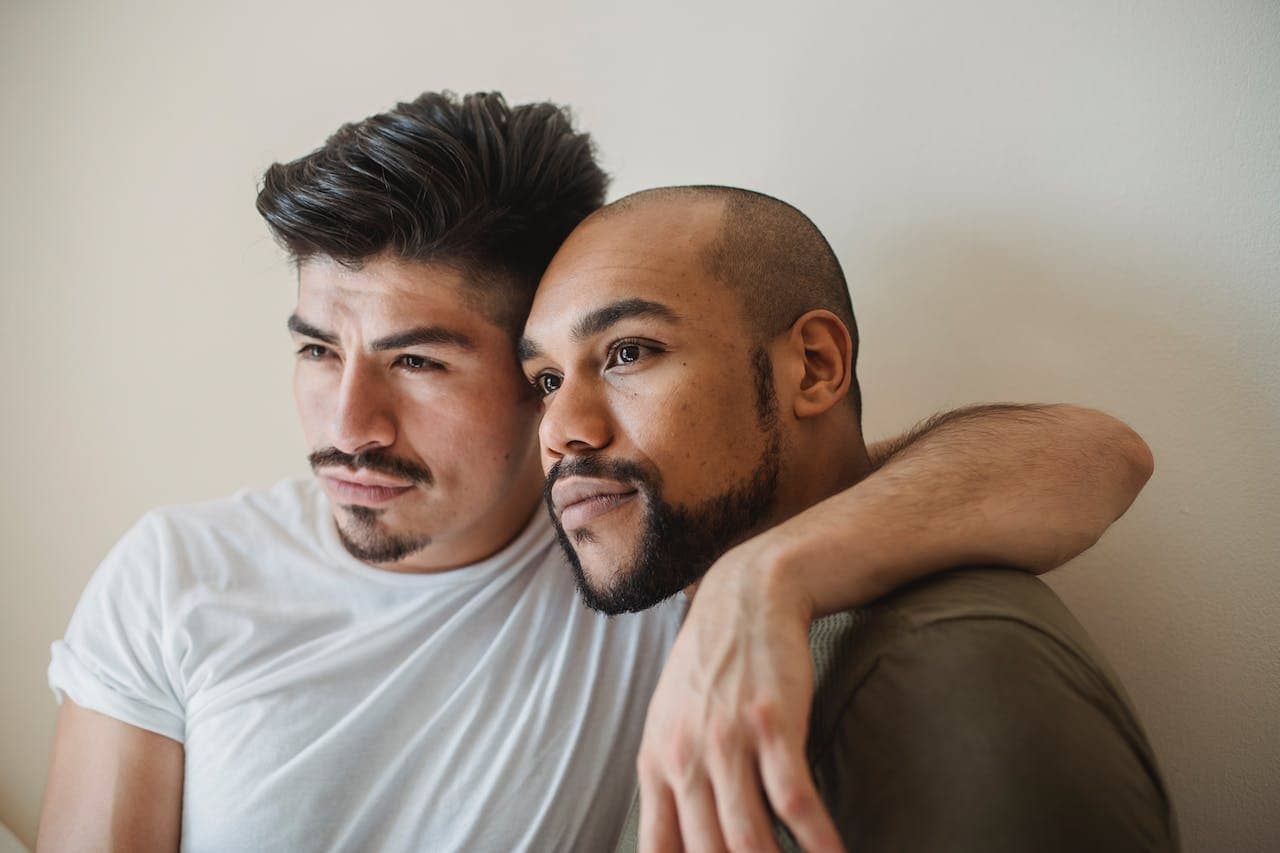Are you familiar with the spectrum of asexual and aromantic identities and what they mean? Understanding of these populations are often left out of sexuality spaces and discussions.
But for practicing and aspiring sex coaches, expanding our knowledge and sensitivity to the nuances of asexual and aromantic identities is not just beneficial—it’s essential to our ability to serve these populations.
A significant portion of our population identifies as asexual, aromantic, or somewhere along these spectrums, and assisting them in our work requires specific types of support, understanding, and education.
This article will be diving into what these identities are, and how to coach individuals who identify within these groups, ensuring we offer informed, inclusive, and empowering guidance to all of our clients.
Understanding Asexuality and Aromanticism
Asexuality and aromanticism are distinct yet related spectrums of sexual identities, often misunderstood or overlooked in broader discussions on sexuality and relationships. Asexuality is an umbrella term that includes identities such as demisexual, gray-ace, and others within it.
As sex coaches, we often work with clients who struggle with desire in some capacity. And we know that sexual desire is not a “one size fits all.” We might primarily work with clients who struggle with a lack of sexual desire, but we never want to promote allosexism, which is a system of discrimination against people on the ace/aro spectrum based on the idea that everyone does and should experience sexual attraction.
These identities are valid ways for individuals to experience sexual desire, rather than a problem to be fixed.
So, what exactly are these identities and how do they differ?
Asexuality
Individuals who identify as asexual (aces) experience little to no sexual attraction toward others. It’s important to note that this doesn’t necessarily mean they lack sexual feelings or experiences.
Some asexual people might still engage in sexual activities for various reasons, such as to bond with a partner or to satisfy curiosity. But their motivations don’t primarily stem from sexual attraction. Asexuality exists on a spectrum, with some people experiencing occasional sexual attraction (known as gray-asexuality) and others never experiencing it at all.
Aromanticism
Individuals who are aromantic (aros) experience little to no romantic attraction toward others. Similar to asexuality, this doesn’t indicate a lack of capacity for love or forming meaningful relationships.
Aromantic individuals can have strong platonic relationships, familial love, or other non-romantic connections. Again, there’s a spectrum, with some individuals occasionally experiencing romantic attraction (known as gray-aromanticism) and others never experiencing it.
Demisexuality
Demisexuality is a term used to describe someone who experiences sexual attraction only when there is a deeper, more emotional connection present already. Rather than experiencing sexual attraction as their default, people who identify as demisexual find that it only happens in conjunction with that emotional bond. And just like asexual or aromantic individuals, demisexual individuals vary in their experience of sexual activity.
Graysexual
The term graysexual is used to describe people on the ace spectrum who fall somewhere in the middle. These individuals experience limited sexual attraction—either infrequently or with a low intensity. The word “gray” refers to a non-black-and-white experience, meaning they don’t identify fully as asexual but they also don’t identify as allosexual.
Coexisting Identifies
These different identities can coexist in an individual and they can also exist separately. For instance, an asexual person might still experience romantic attraction, and vice versa.
They are all ways to further understand and describe different experiences with sexual or romantic attraction. And understanding these nuances is essential for sex coaches to support and validate their clients’ needs.
To learn more, check out this informative video that debunks common myths and misconceptions about these communities.
And now that you know the overview of these identities, you might be wondering how a sex coach works with someone who identifies on the ace/aro spectrum.
Sex Coaching Asexual and Aromantic Clients
The foundation of working with clients on the ace/aro spectrum is the understanding that we are not working toward the goal of “fixing” or changing the client’s identity. As students at Sex Coach U, we learn how to refrain from imposing our own biases onto the goals that our clients bring to a sex coaching session. This is especially important for ace/aro clients because allosexism can be quite prevalent in sexuality spaces.
Just like any other client, our work lies in addressing the present concern(s) our client brings to the session, using personalized education, active listening, action plans, and normalization.
Ace/aro clients can benefit from sex coaching in so many ways. Here are some things that we can address with these clients using our training and expertise:
Validation and normalization: Many asexual and aromantic individuals have faced misunderstanding or even invalidation from peers, media, or previous counselors.
In sex coaching, we can validate and normalize their experiences and identities by emphasizing that asexuality and aromanticism are spectrums. Some individuals might experience fluctuations in attraction, and we can help these clients become aware that their experiences are normal and valid.
This is often a huge shift for these individuals, releasing a lot of their shame and pain.
Addressing relationship concerns: Some aros or aces clients might seek out a sex coach to help them navigate their relationships, especially if their partner identifies differently from them.
We can provide tools and strategies for open communication, setting boundaries, and mutual understanding. We can also address and debunk any misconceptions or stereotypes they or their partner(s) might have internalized about asexuality or aromanticism. Doing so can foster deeper understanding and connection between partners.
Encouraging self-acceptance: Regardless of where they are in their journey, our clients on these spectrums might still grapple with accepting their identity.
As sex coaches, we can use tools like positive affirmations, exercises, and other coaching techniques to boost their self-confidence and self-acceptance. We can also equip our clients with resources like books, communities, or online platforms that can provide further understanding and support tailored to their experiences.
Our goal as sex coaches is always to provide a safe, non-judgmental space where clients can explore, understand, and embrace their identities. With the right approach, we can make a meaningful difference in the lives of asexual and aromantic individuals.
Our Role as Informed Advocates
As aspiring or practicing sex coaches, our pursuit of knowledge is a testament to our dedication, but our application of this knowledge in compassionate and individualized ways is the real magic of our work. Each of our client’s journeys is unique, and by embracing the intricacies of asexual and aromantic identities, we validate their experiences, help them accept themselves, and help them build stronger relationships.
Let’s continue to challenge our preconceptions, seek out diverse perspectives, and create spaces where all identities are recognized and celebrated. In doing so, we enrich our own practices and elevate the entire field of sexology. Armed with understanding, empathy, and the right tools, we stand at the forefront of a more inclusive and informed era of sex coaching.
Curious about training to become a Certified Sex Coach™? We invite you to join our Sex Coaching in Action webinar to meet the Sex Coach U team and participate in a live Q&A.




